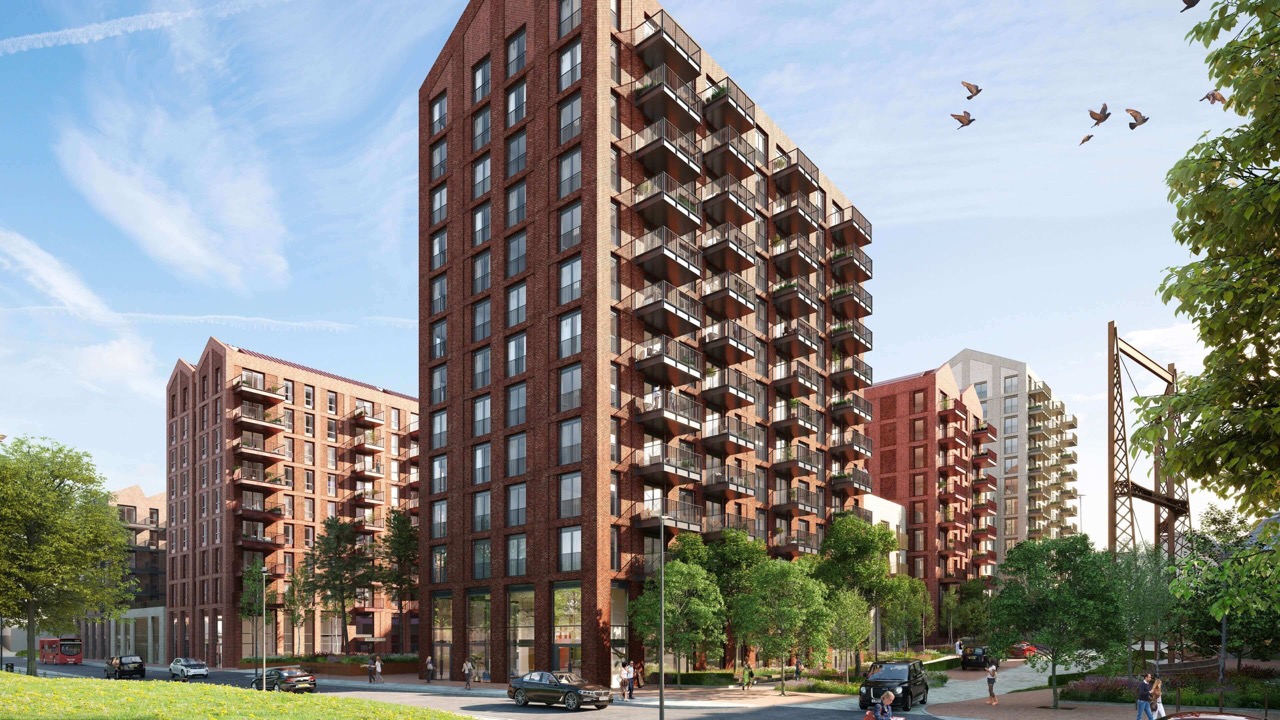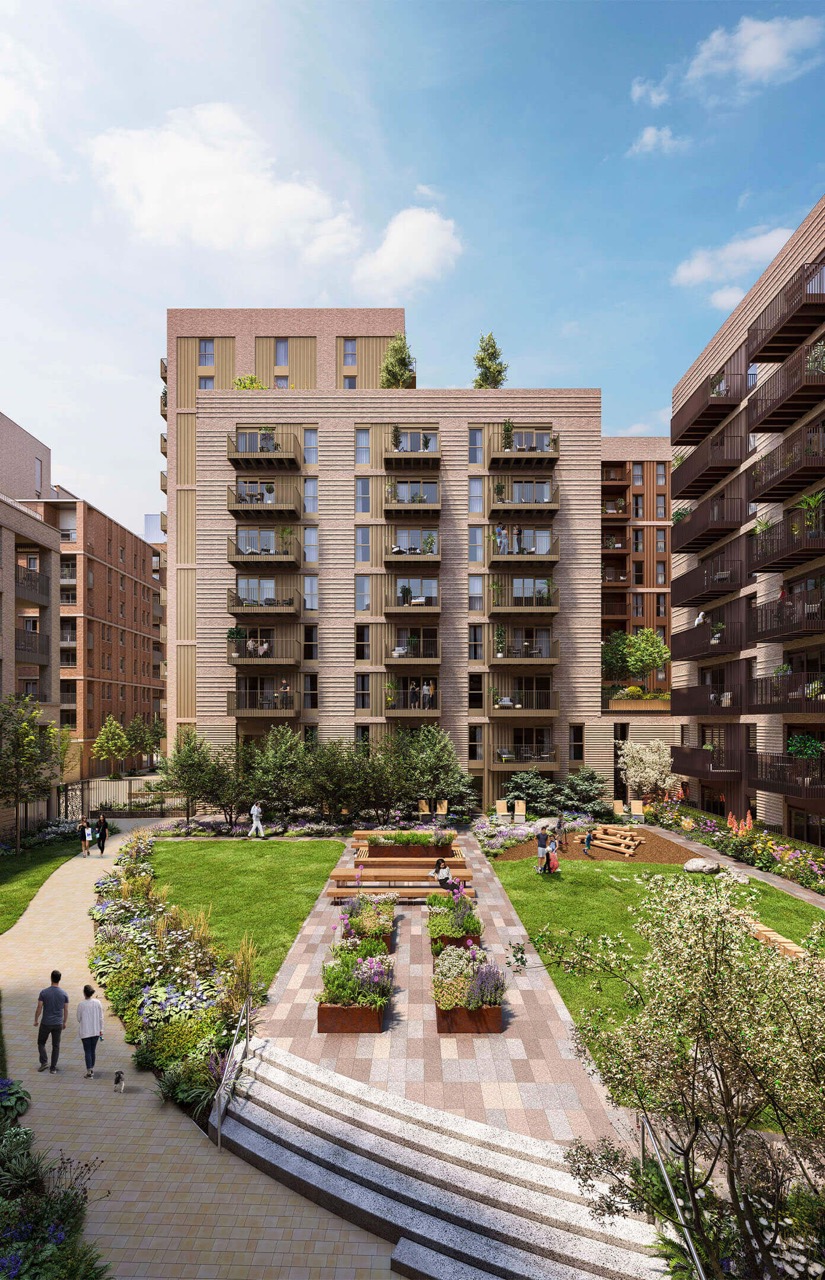
London has long been a prime location for property investors, attracting both domestic and international buyers. However, with evolving market conditions, rising property prices, and changing demand trends, many are questioning whether London remains a strong investment choice in 2025. Below, we examine London’s current market, the balance between high-end and affordable housing, and the key factors influencing investment decisions.
1. London’s Evolving Property Market
- Strong Demand & Limited Supply: London continues to experience high demand for housing, but supply shortages and planning restrictions limit new developments.
- Price Trends: While London’s prime property market remains resilient, some areas have seen stagnation due to affordability constraints.
- Rental Market Strength: Demand for rental properties remains strong, particularly in areas with good transport links and proximity to business hubs.
2. High-End vs. Affordable Housing Investment
- Prime Central London (PCL): Areas such as Mayfair, Knightsbridge, and Chelsea remain attractive to ultra-high-net-worth investors, offering long-term value and stability.
- Affordable & Emerging Zones: Locations in East and South London, such as Croydon, Barking, and Stratford, offer better affordability with strong rental yields.
- Regeneration Areas: Ongoing development in areas like Nine Elms and Canary Wharf creates new investment opportunities.
3. Pros of Investing in London Property
- Global Financial Hub: London remains one of the world’s most important financial centers, ensuring long-term property demand.
- High Capital Appreciation: Prime London areas have historically shown strong capital growth over time.
- Robust Rental Market: The influx of professionals, students, and expatriates fuels rental demand across various price points.
- Infrastructure Improvements: Projects like Crossrail and HS2 enhance connectivity, boosting property values in connected areas.
4. Cons and Investment Challenges
- High Entry Costs: London property prices are among the highest in the UK, making affordability a challenge for many investors.
- Stamp Duty & Taxes: Increased taxation on buy-to-let properties and overseas investors can affect profitability.
- Market Uncertainty: Economic fluctuations, interest rate changes, and Brexit’s lingering effects create some investment risks.
5. Best Areas for Investment in 2025
| Area | Investment Appeal |
|---|---|
| Canary Wharf | Strong rental demand, business hub expansion |
| Stratford | Regeneration hotspot, excellent transport links |
| Croydon | Affordable property prices, good rental yields |
| White City | Luxury developments, increasing demand |
| Battersea | Ongoing infrastructure projects, growing demand |
6. Alternative Investment Strategies
- Buy-to-Let: London remains a strong market for rental properties, especially in commuter-friendly zones.
- Short-Term Lets & Airbnb: Central London properties benefit from high demand for short-term rentals.
- Off-Plan Investments: Purchasing in developing areas can offer high appreciation potential.
Conclusion: Is London Still a Good Investment?
Despite high property prices and market fluctuations, London remains an attractive investment location due to its global status, strong rental demand, and capital appreciation potential. Investors should carefully consider their budget, long-term goals, and preferred property type before making a decision. For those seeking affordability and growth potential, emerging and regeneration areas may offer the best opportunities in 2025.



